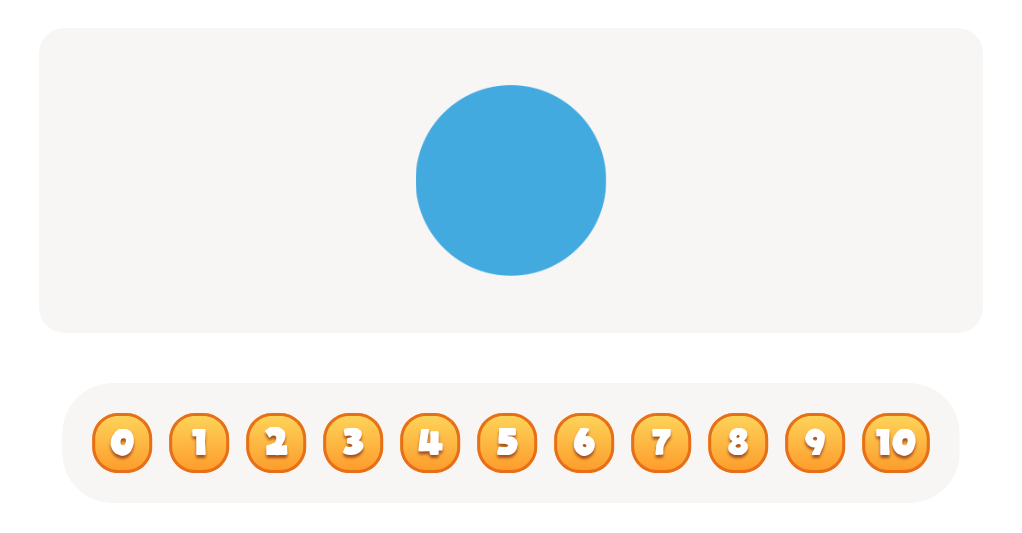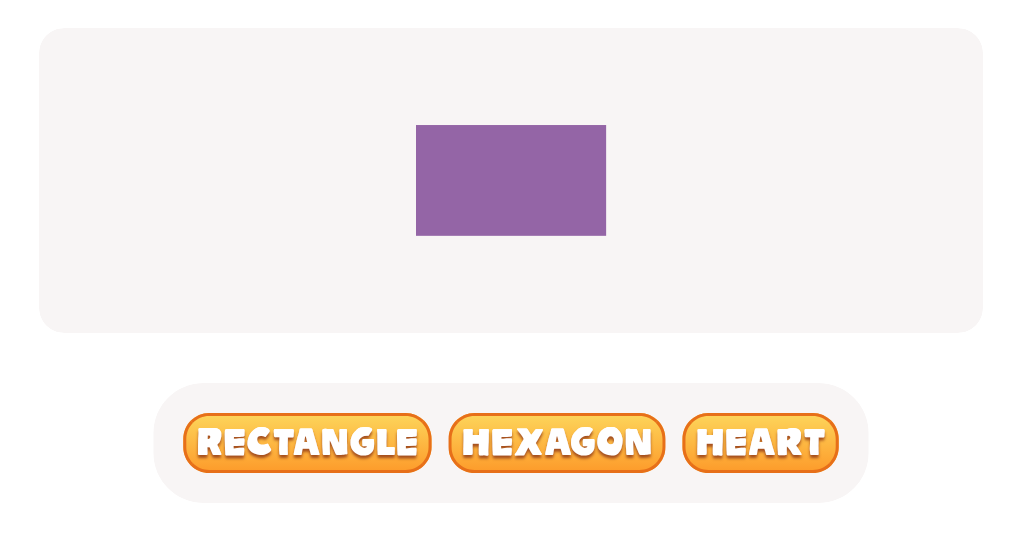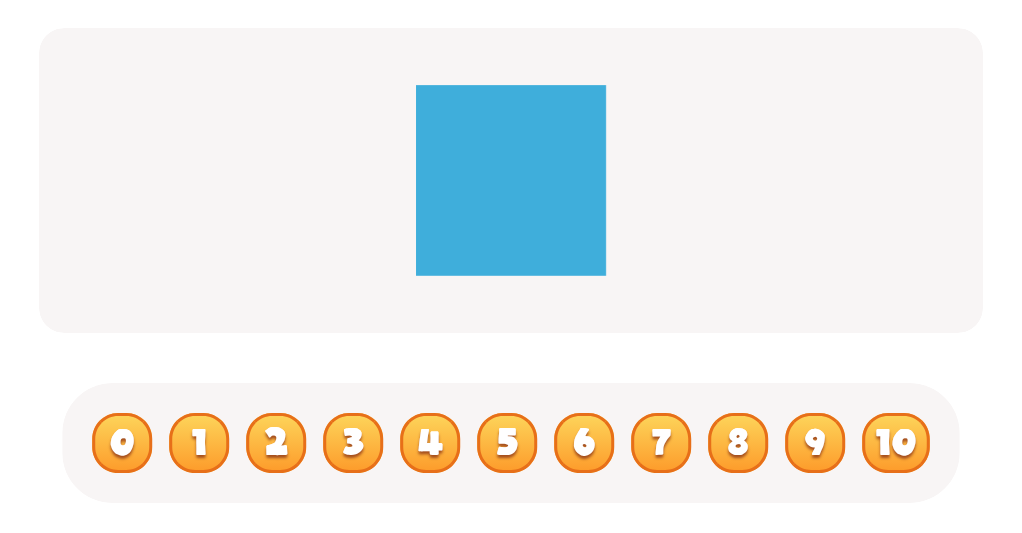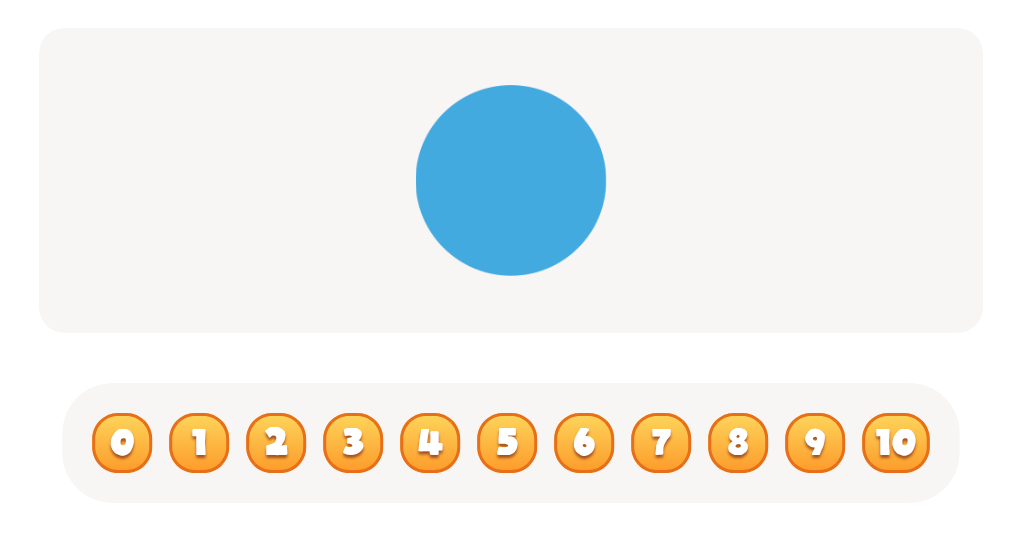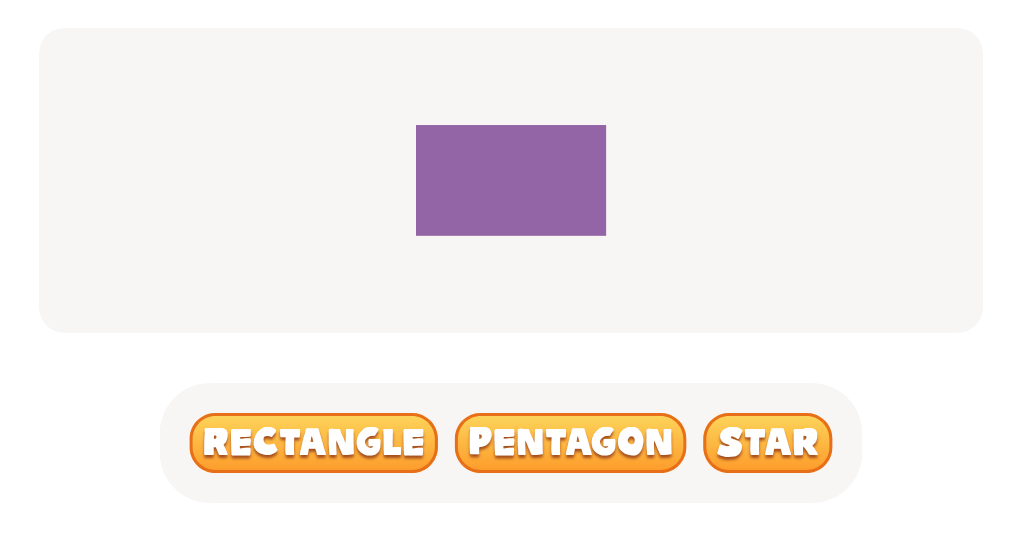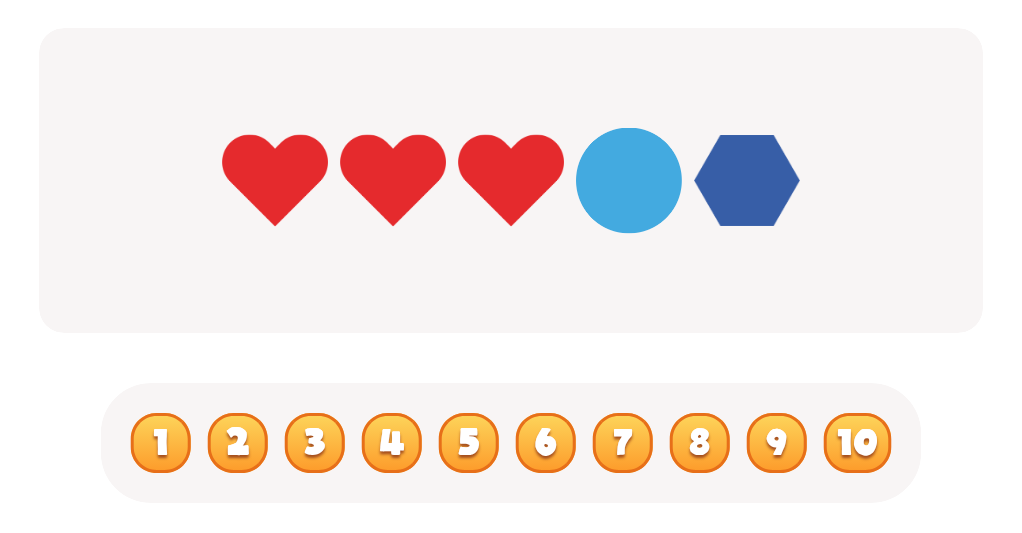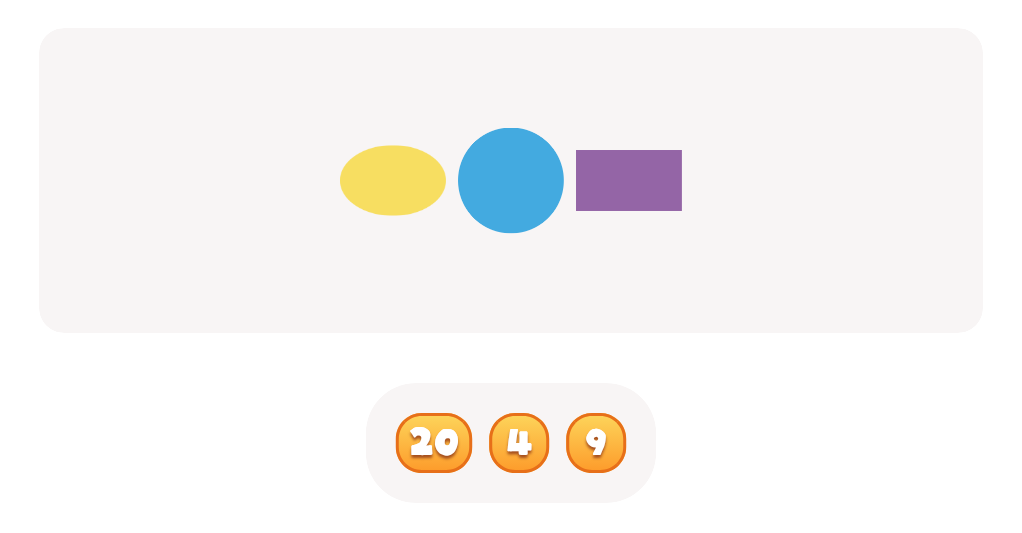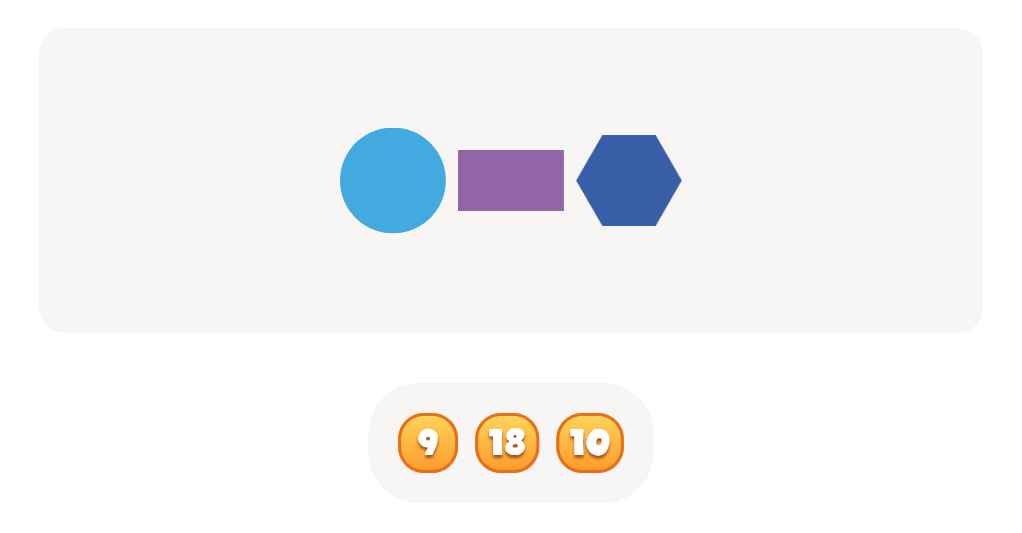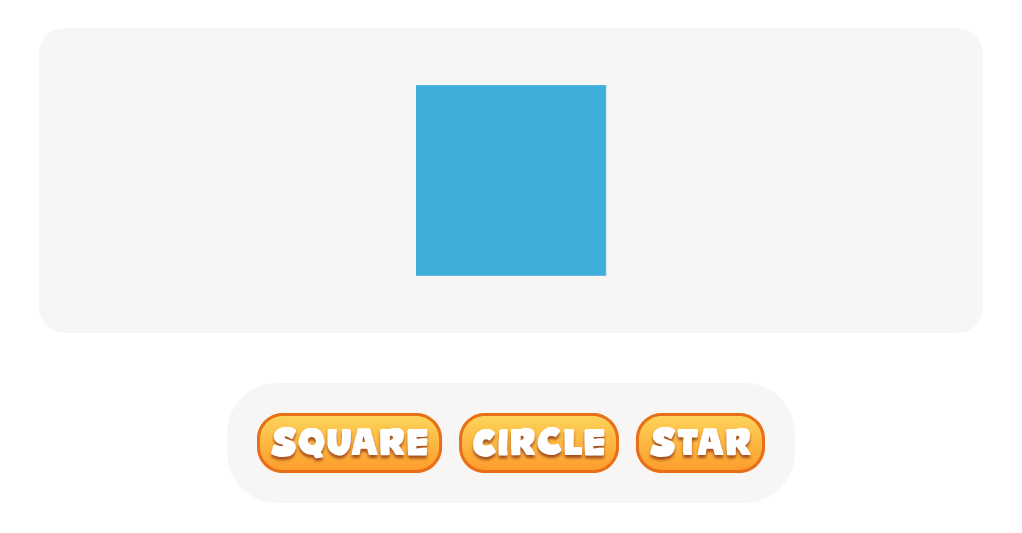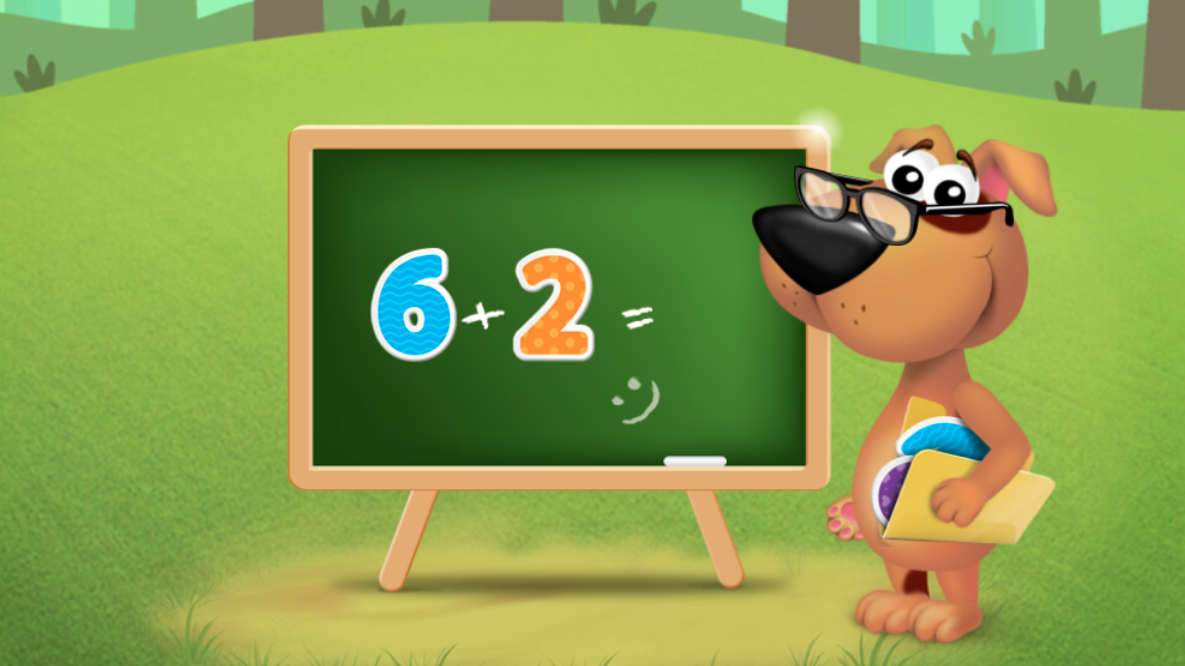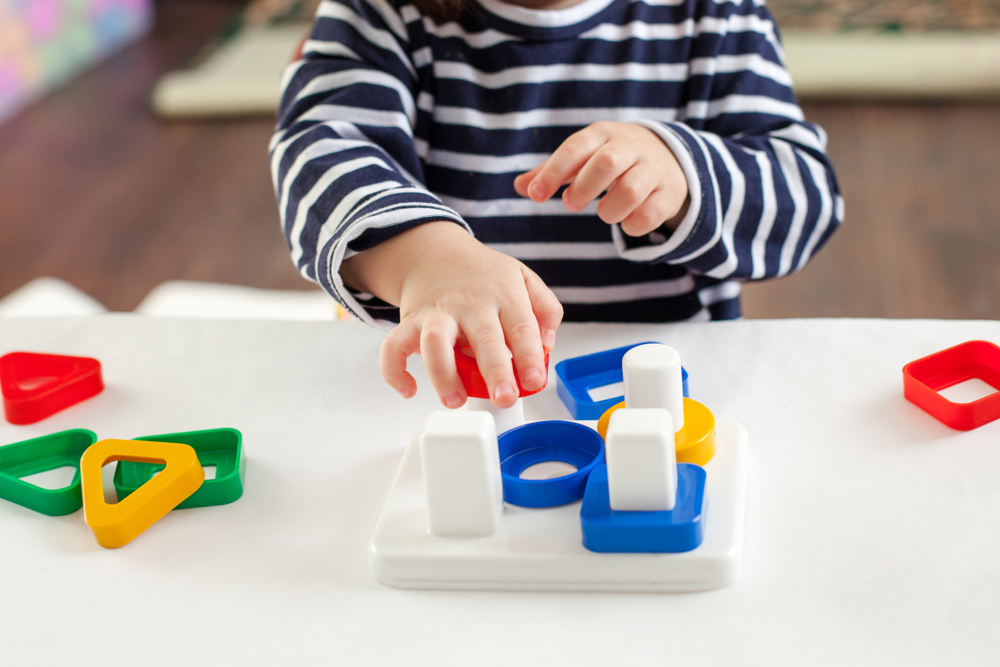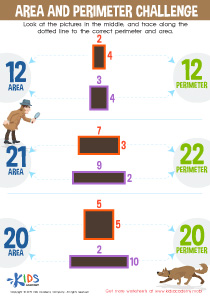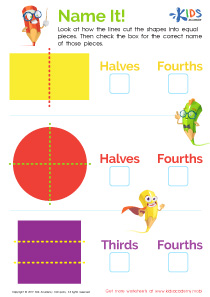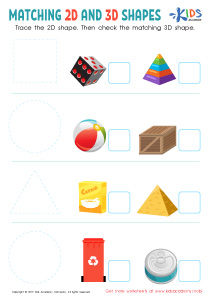Visual perception 2D Shapes Worksheets for Ages 3-8
4 filtered results
-
From - To
Enhance your child's visual perception skills with our engaging 2D Shapes Worksheets, designed specifically for ages 3-8. These worksheets promote essential early learning skills by introducing young learners to various geometric shapes through fun, interactive activities. As children complete these exercises, they will improve their ability to identify, categorize, and manipulate shapes while developing critical thinking and fine motor skills. Perfect for homeschooling or classroom use, our visually stimulating resources create an enjoyable learning experience that supports cognitive growth. Help your child build a strong foundation in math as they explore the vibrant world of 2D shapes today!
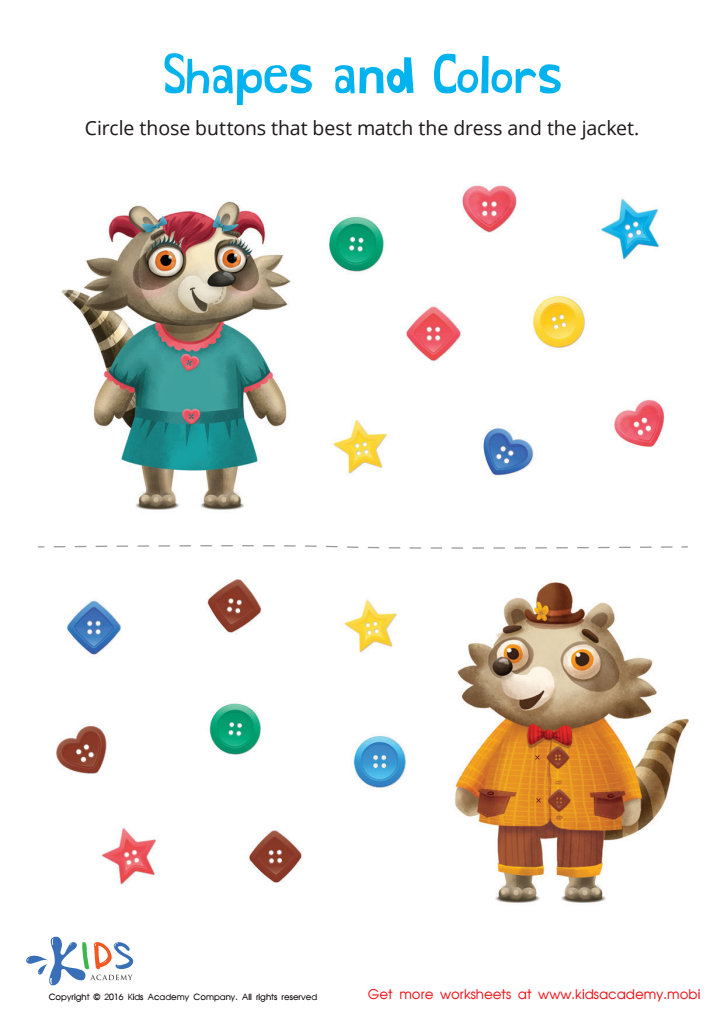

Matching: Shapes and Colors Worksheet
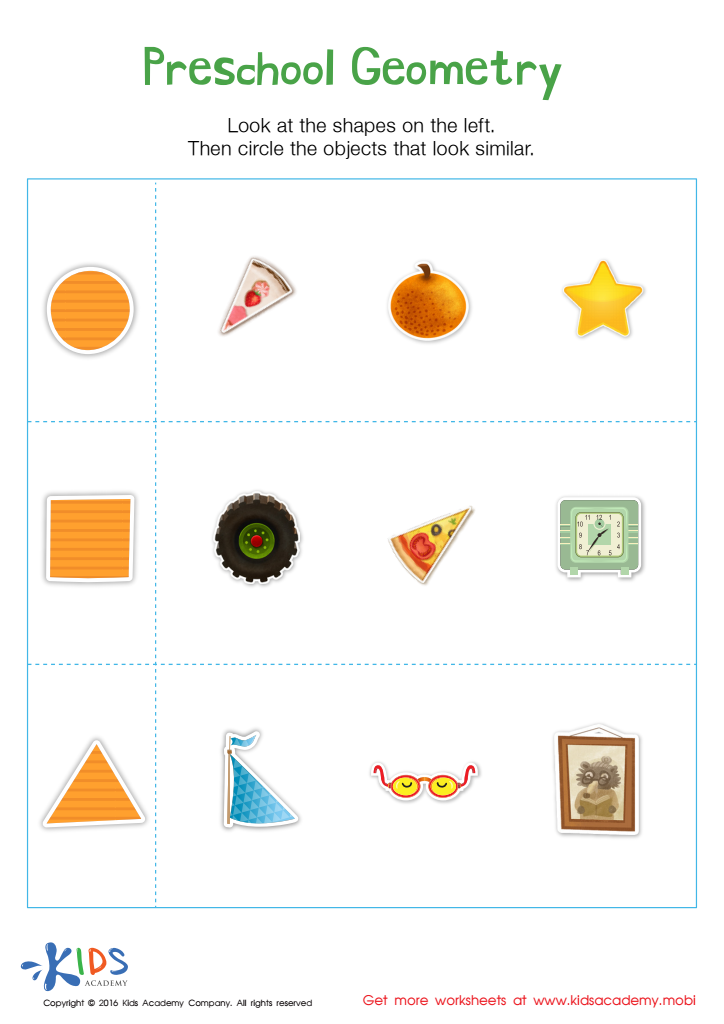

Preschool Geometry Match Up Worksheet
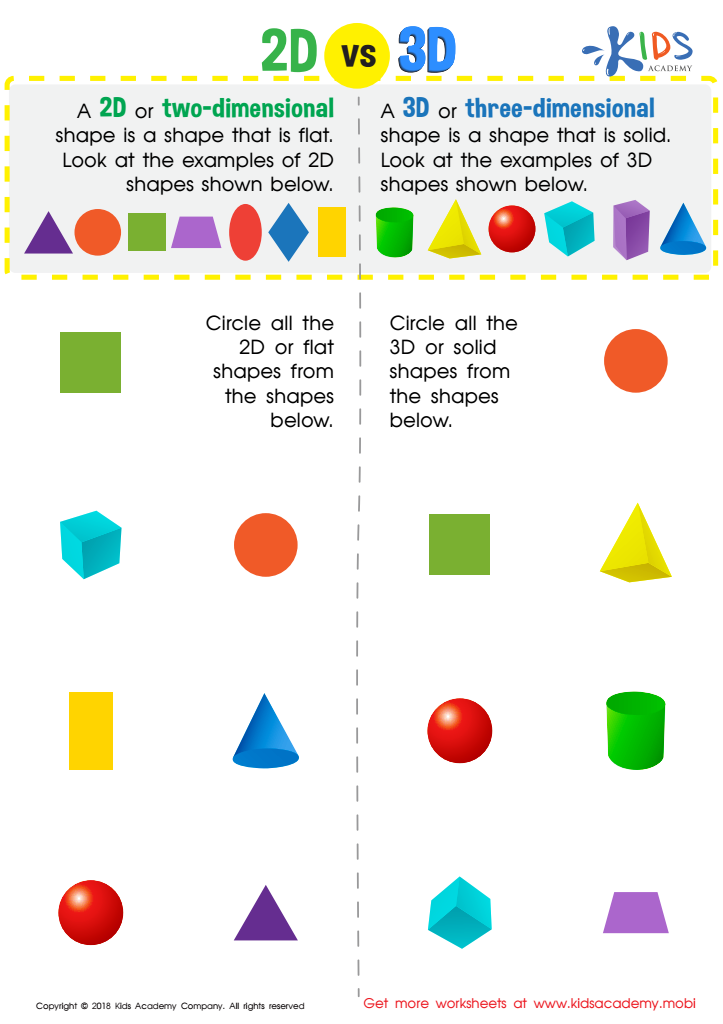

2D vs 3D Shapes Worksheet
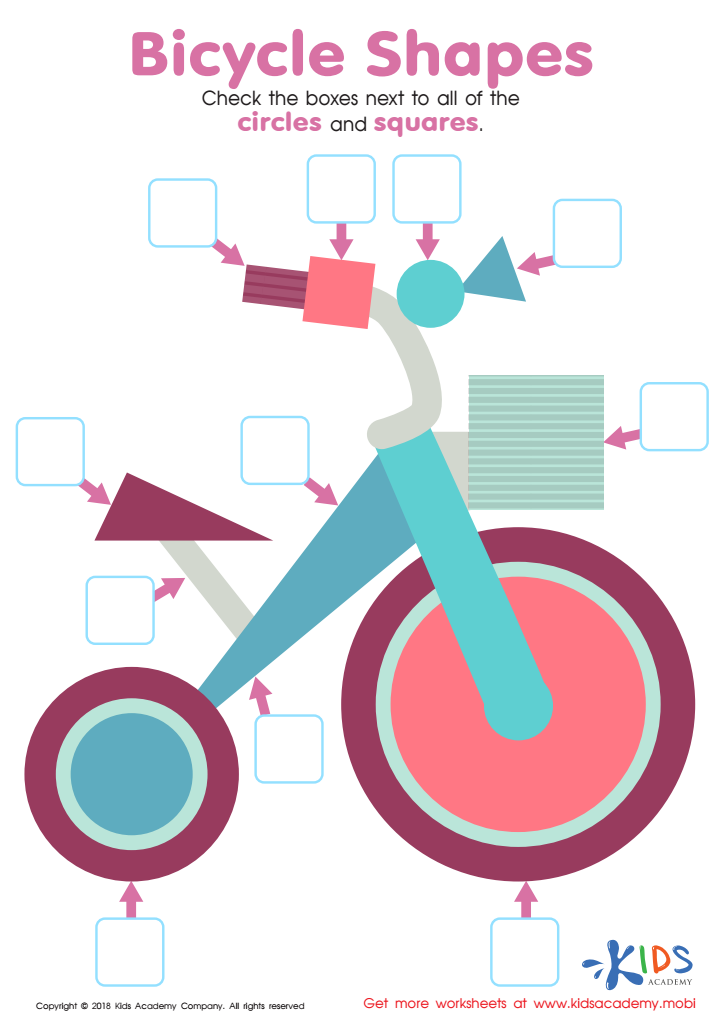

Bicycle Shapes Worksheet
Visual perception of 2D shapes is crucial for the cognitive and developmental growth of children aged 3-8. This foundational skill aids in a child's ability to recognize, analyze, and interpret various shapes in their environment, forming the basis for critical math skills, geometric understanding, and spatial awareness.
Parents and teachers should prioritize this aspect of visual perception because it enhances problem-solving and critical thinking skills. Recognizing 2D shapes helps children understand patterns, comparisons, and relationships, facilitating early math comprehension—which is essential for future academic success.
Moreover, strong visual perception skills correlate with improved reading abilities. As children learn letters and words, the ability to differentiate between shapes aids in recognizing different letters and understanding the phonetic structure of language.
Engaging children through fun activities, like sorting shapes or creating art with various geometric forms, also supports motor skills and creativity. Cultivating a solid grasp of 2D shapes fosters confidence and lays the groundwork for higher-order thinking skills.
Ultimately, by focusing on visual perception of 2D shapes, parents and teachers can empower children with essential skills that enhance their learning experience and everyday interactions, promoting holistic development during these formative years.
 Assign to My Students
Assign to My Students
